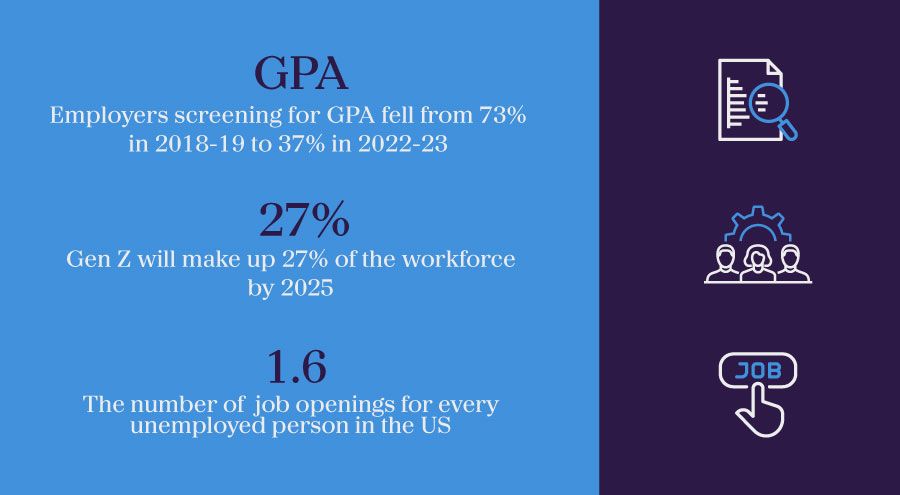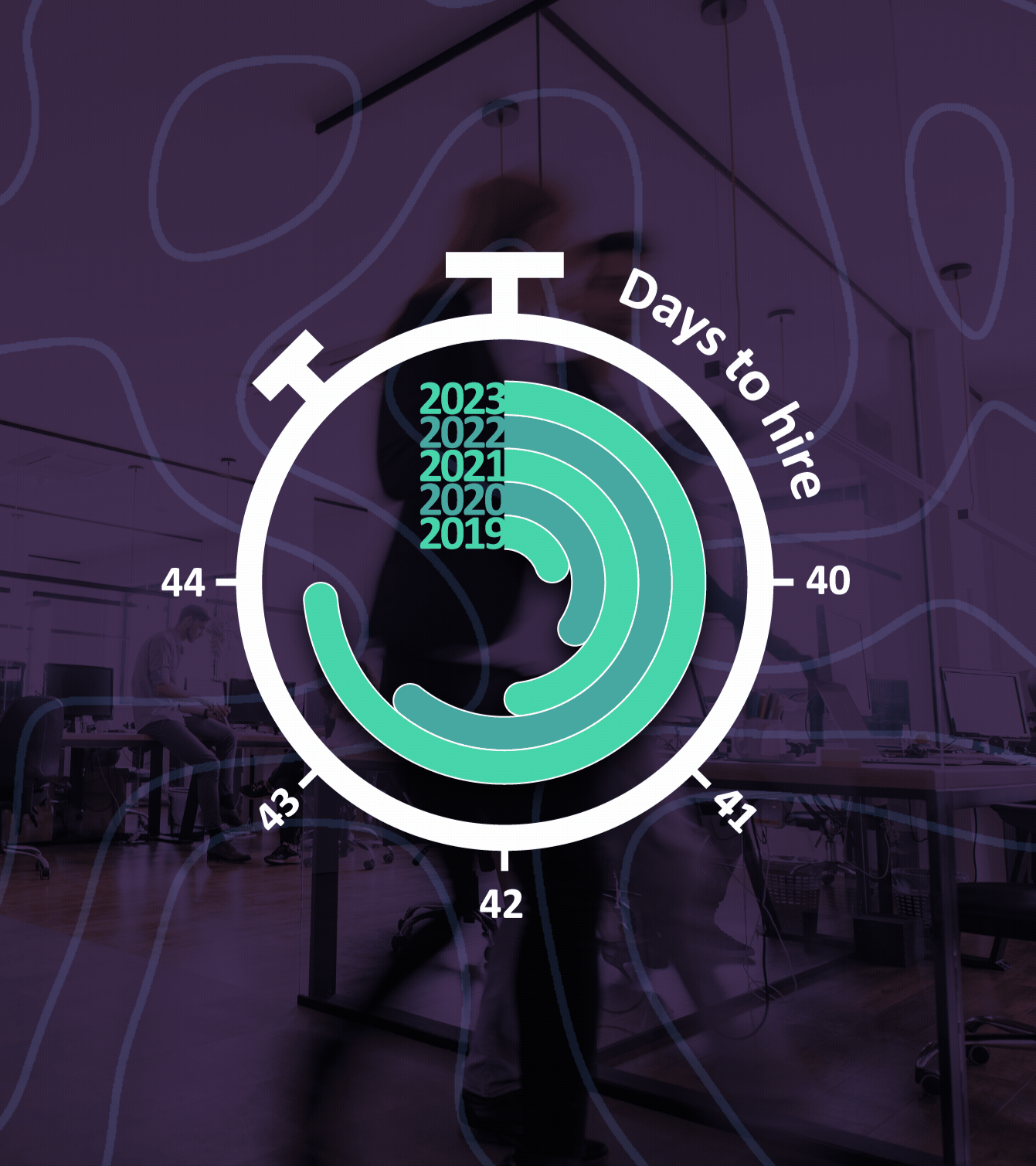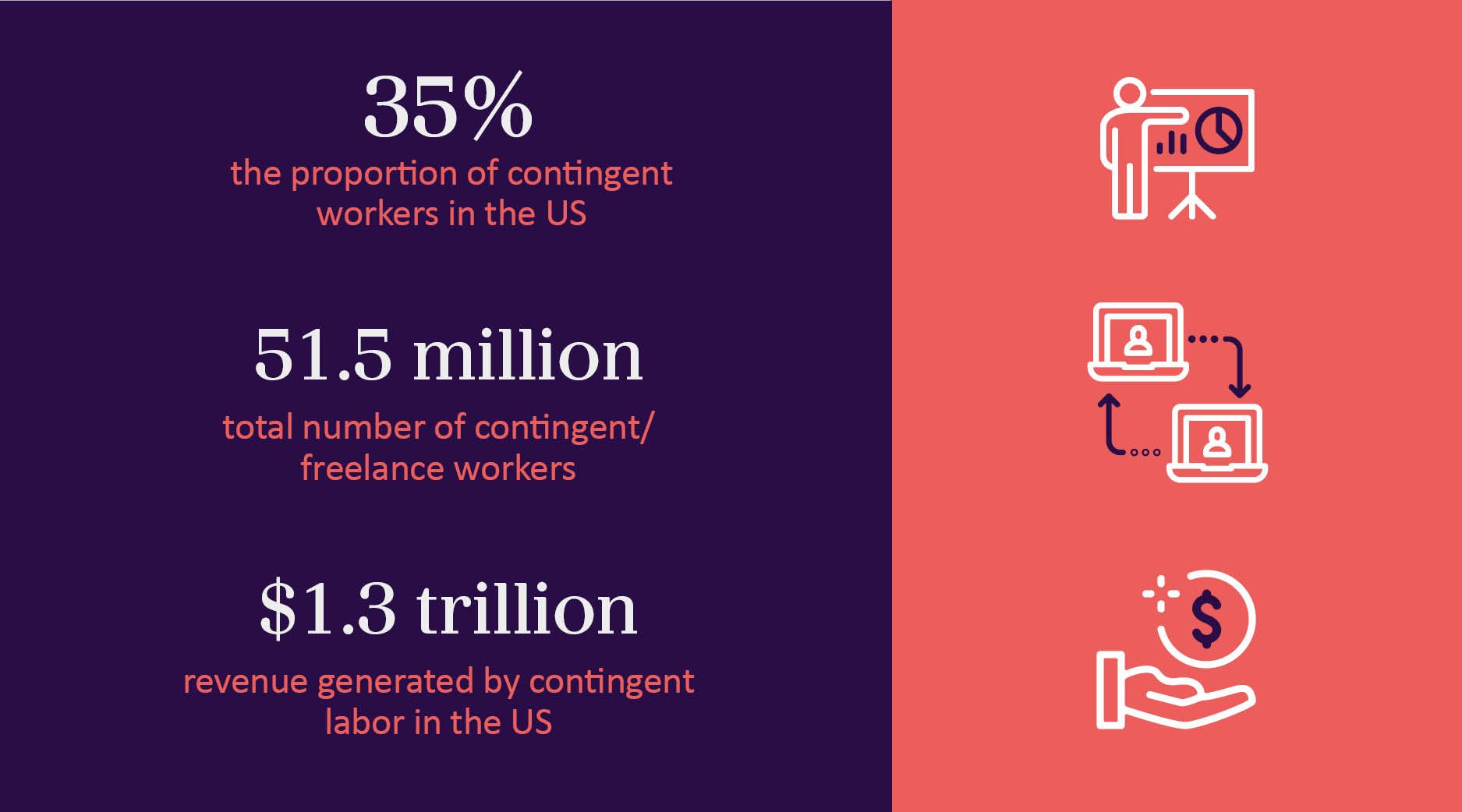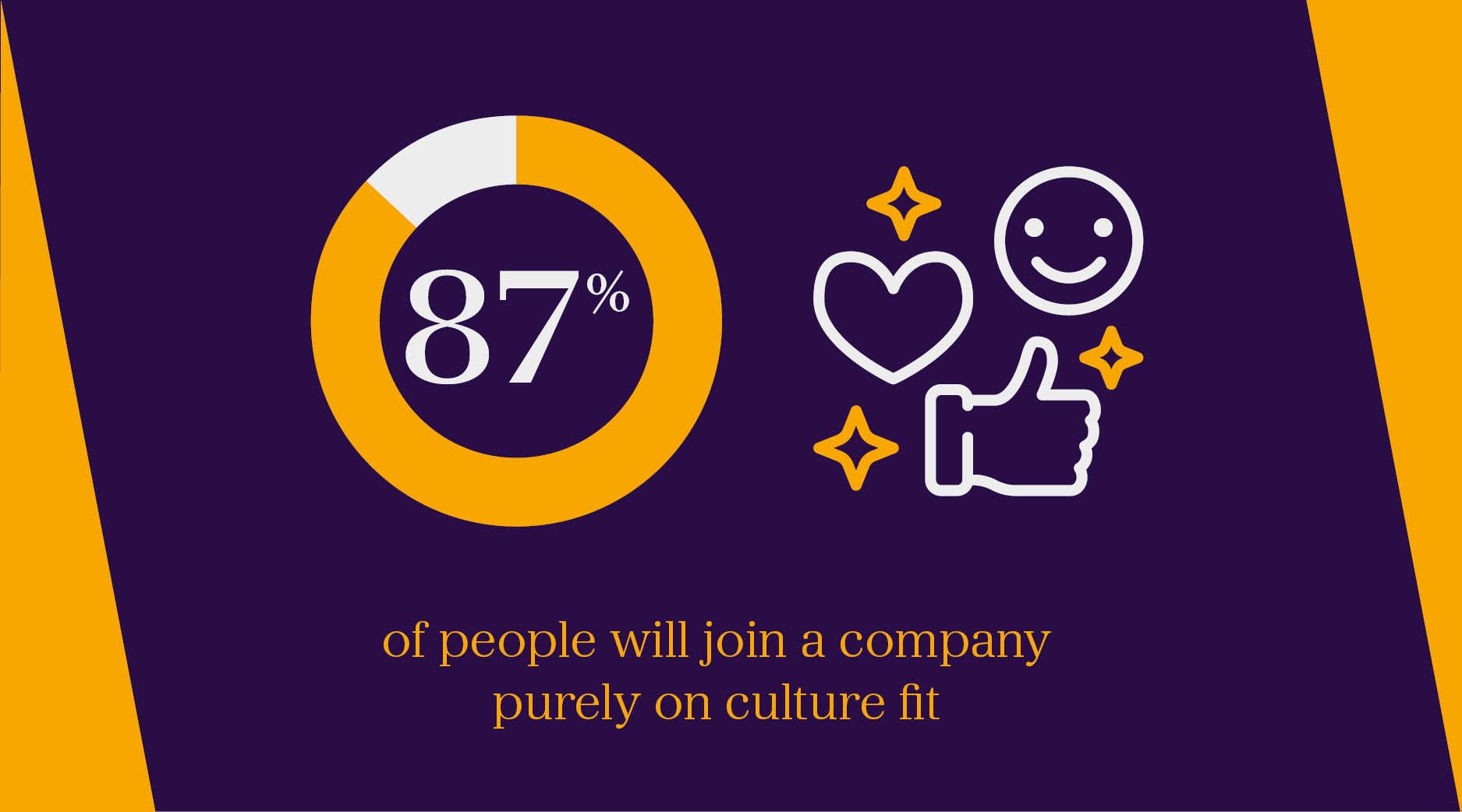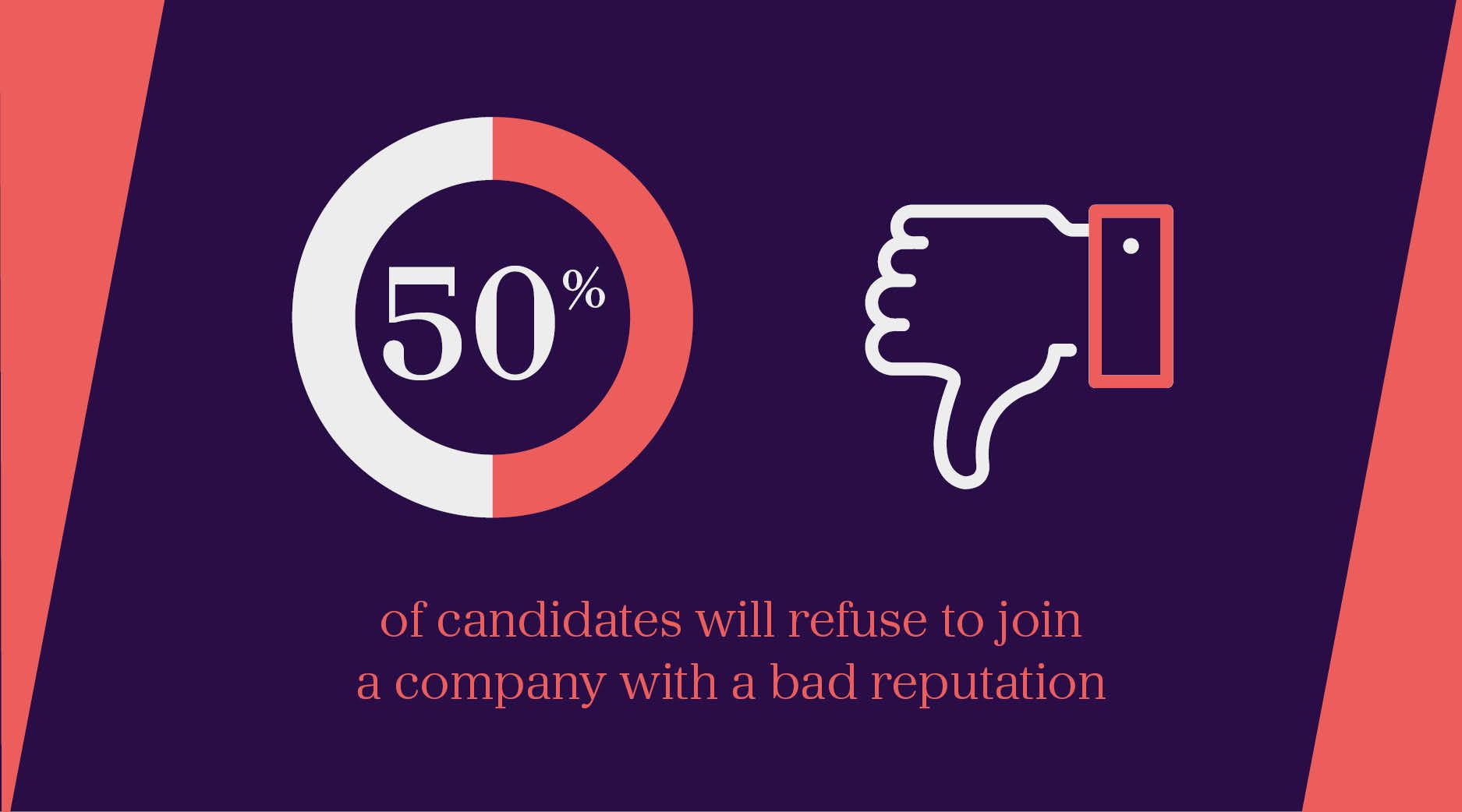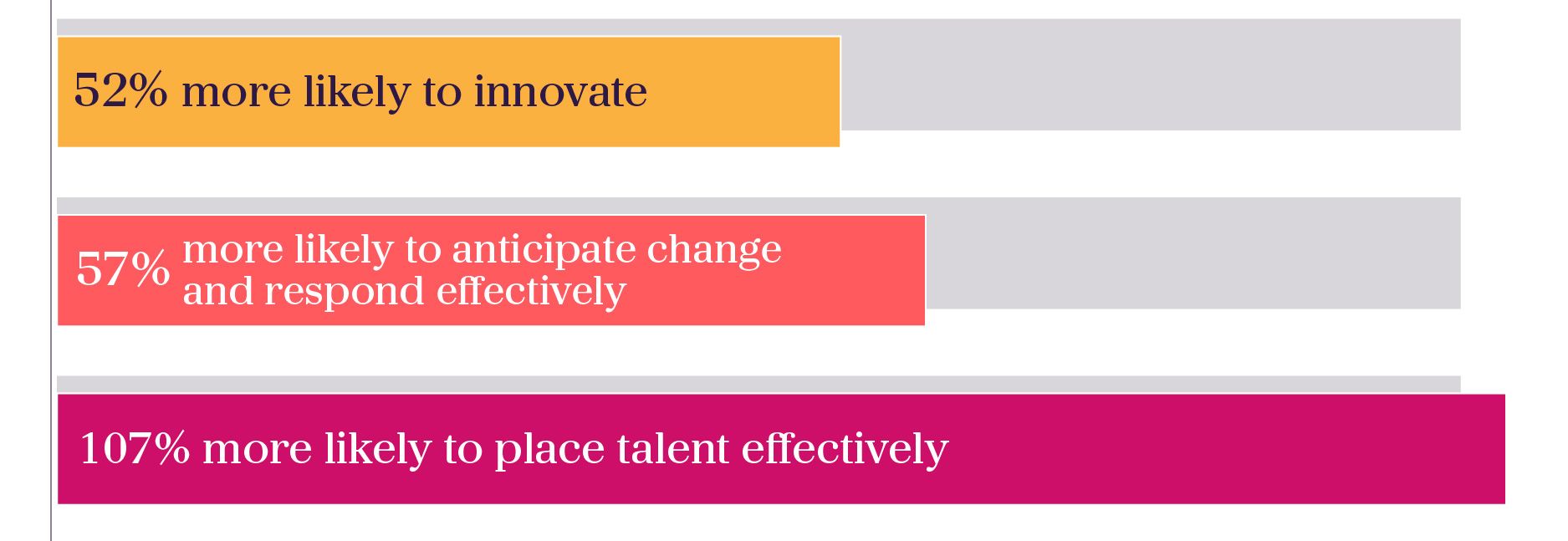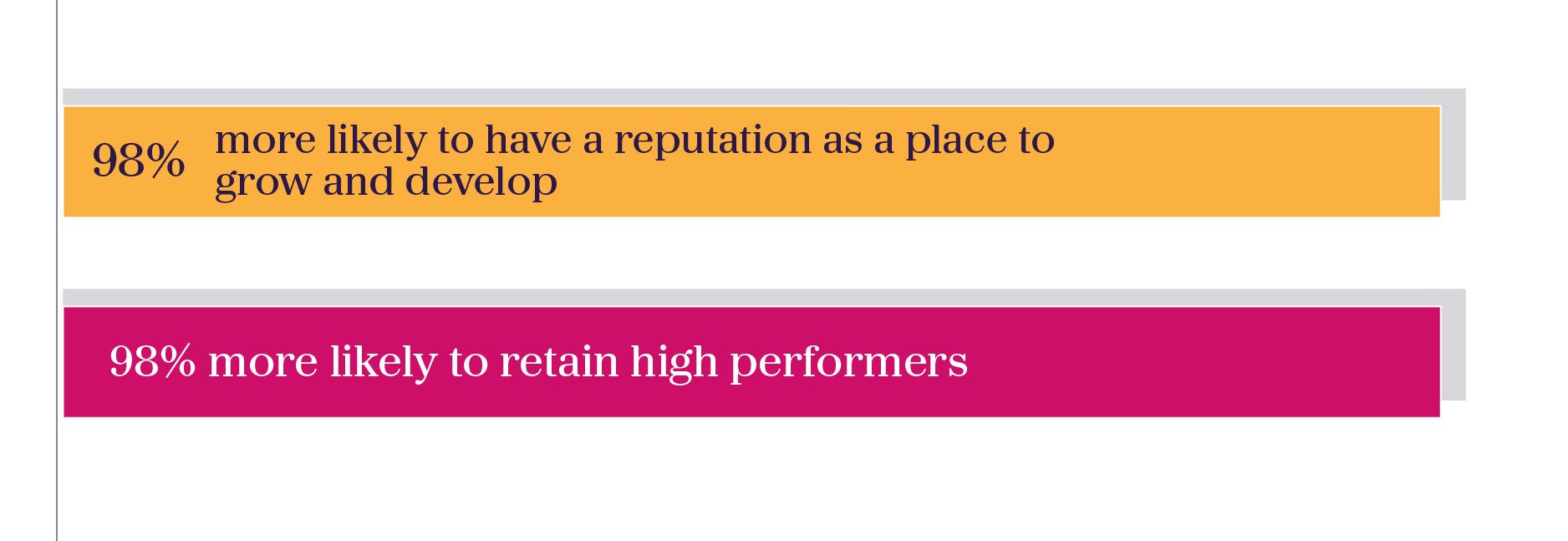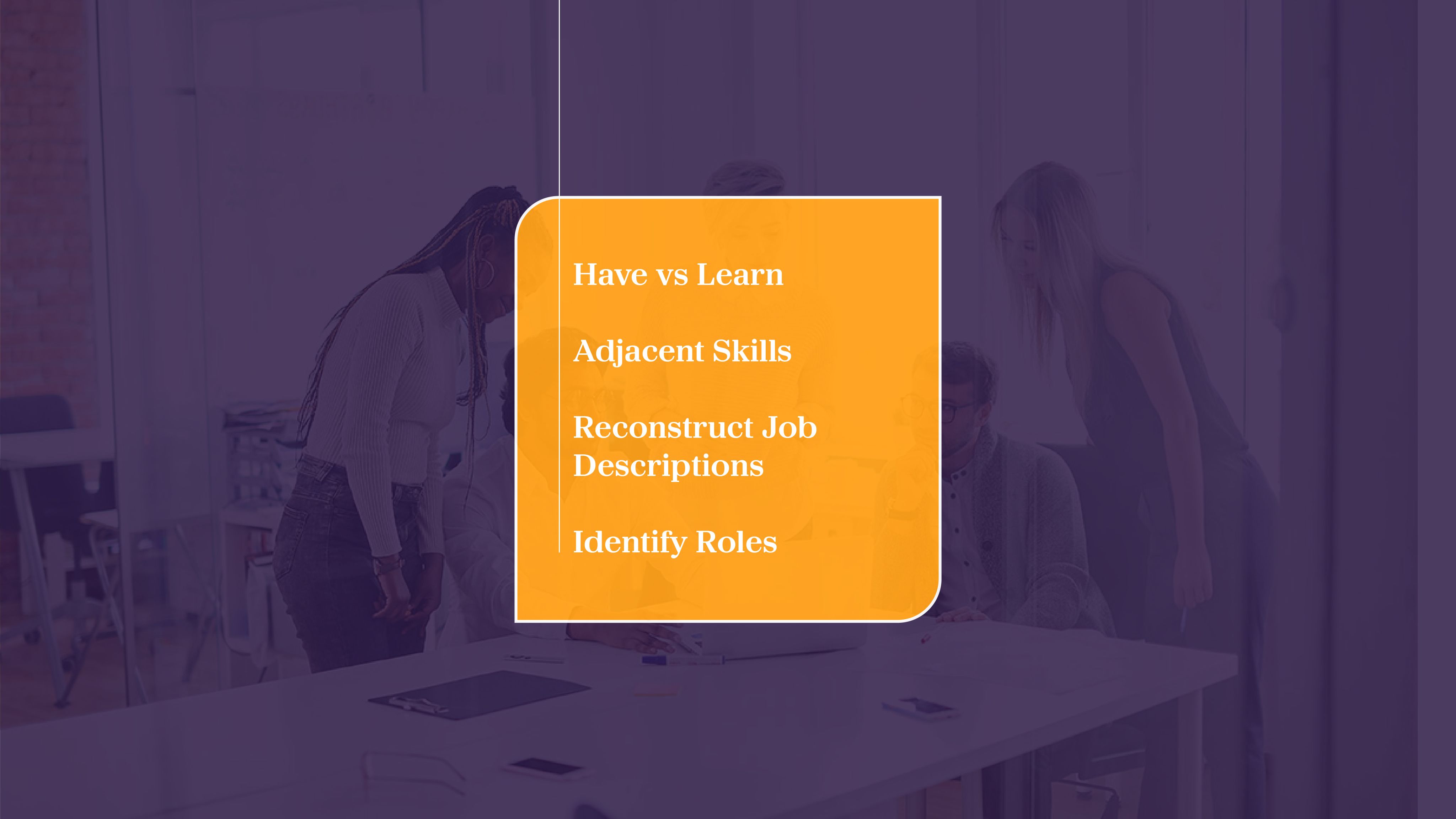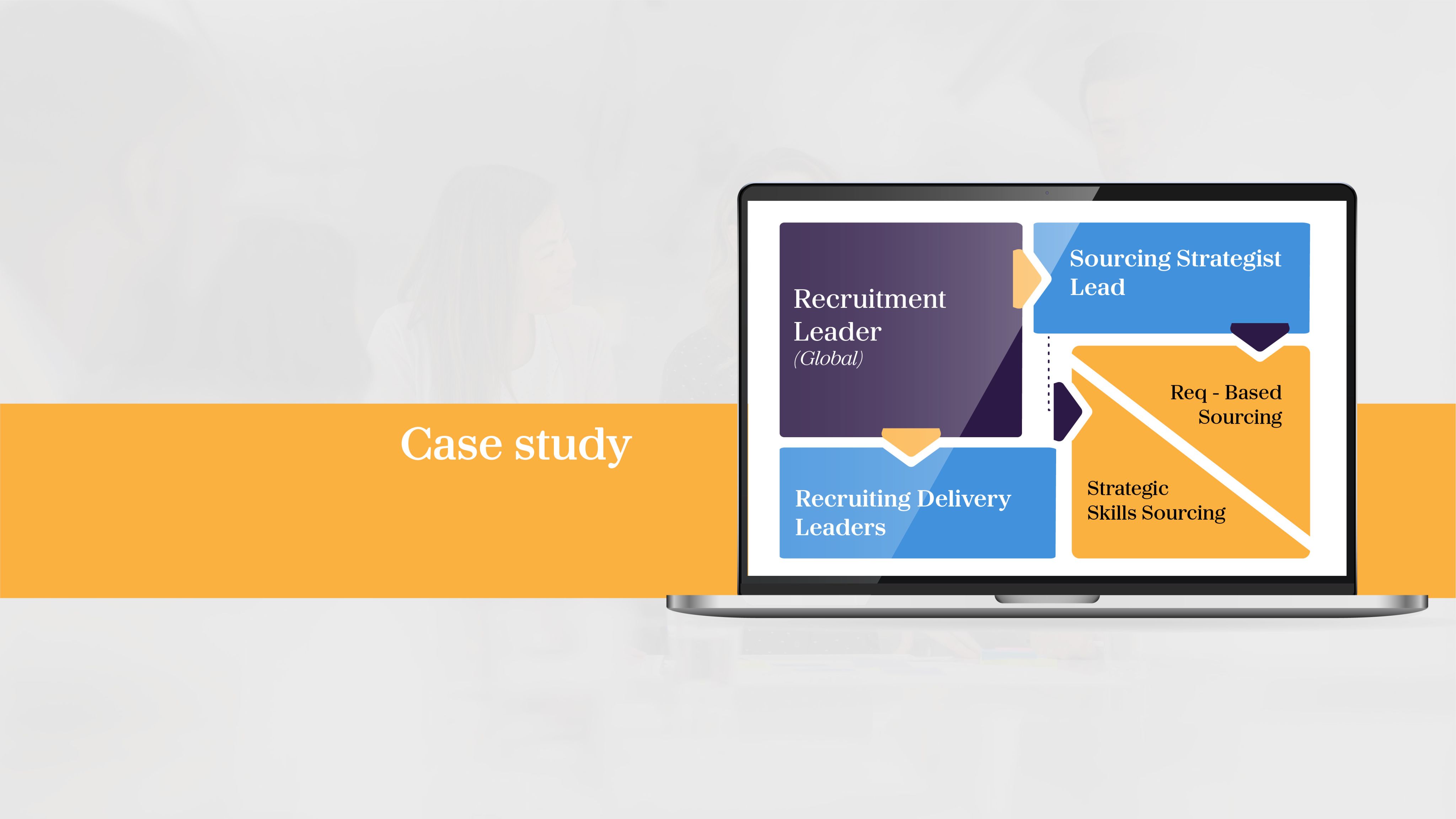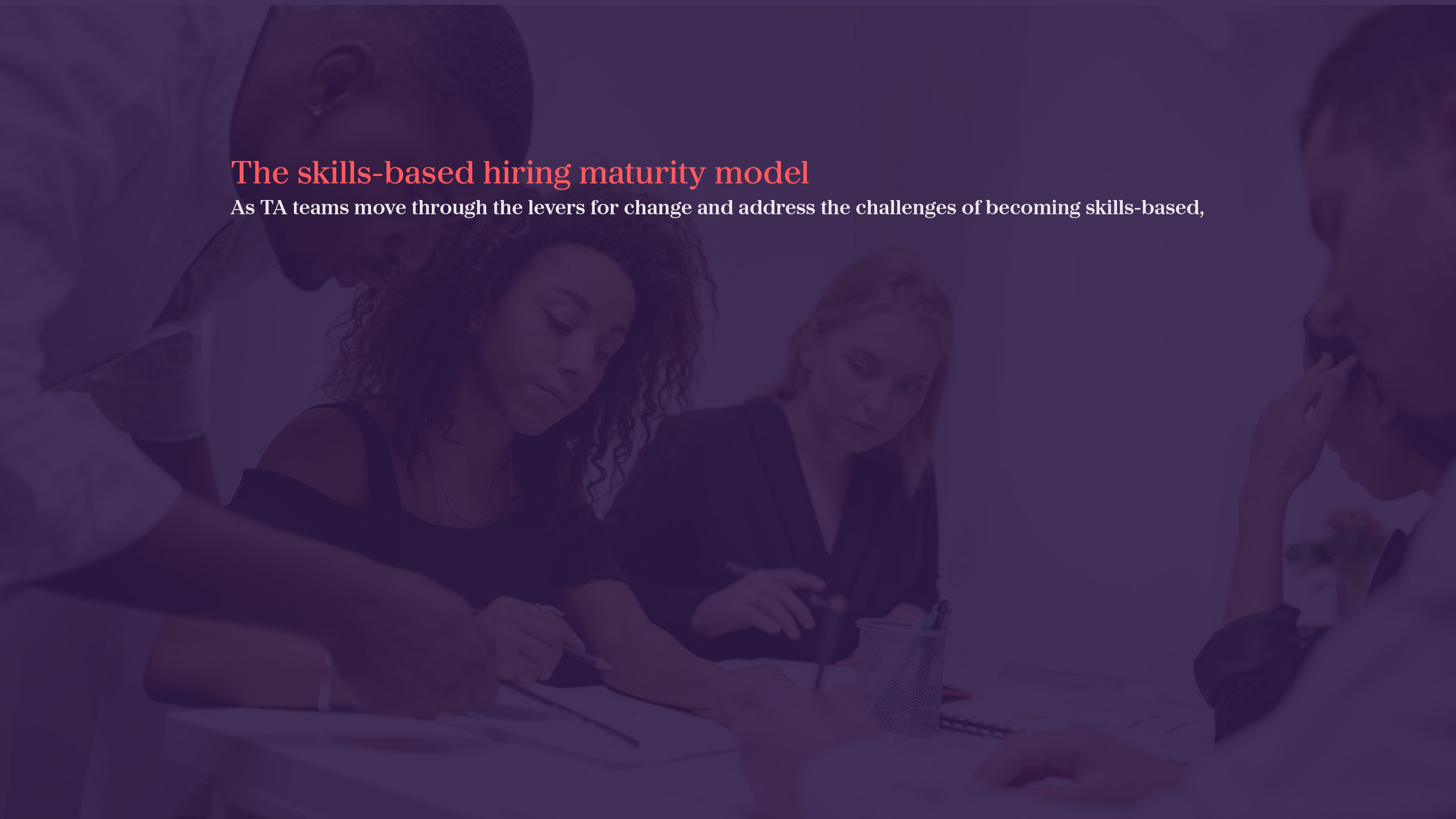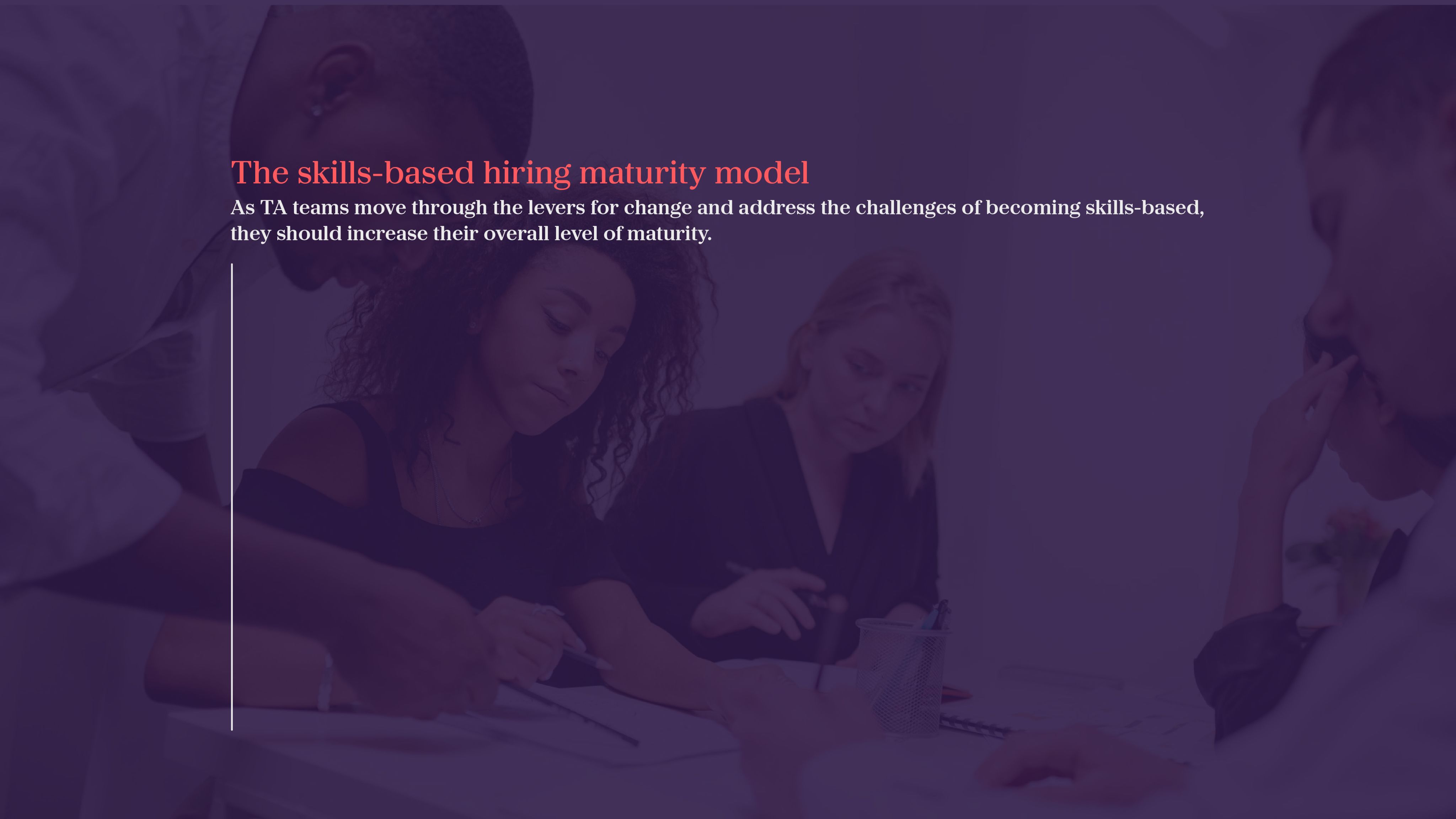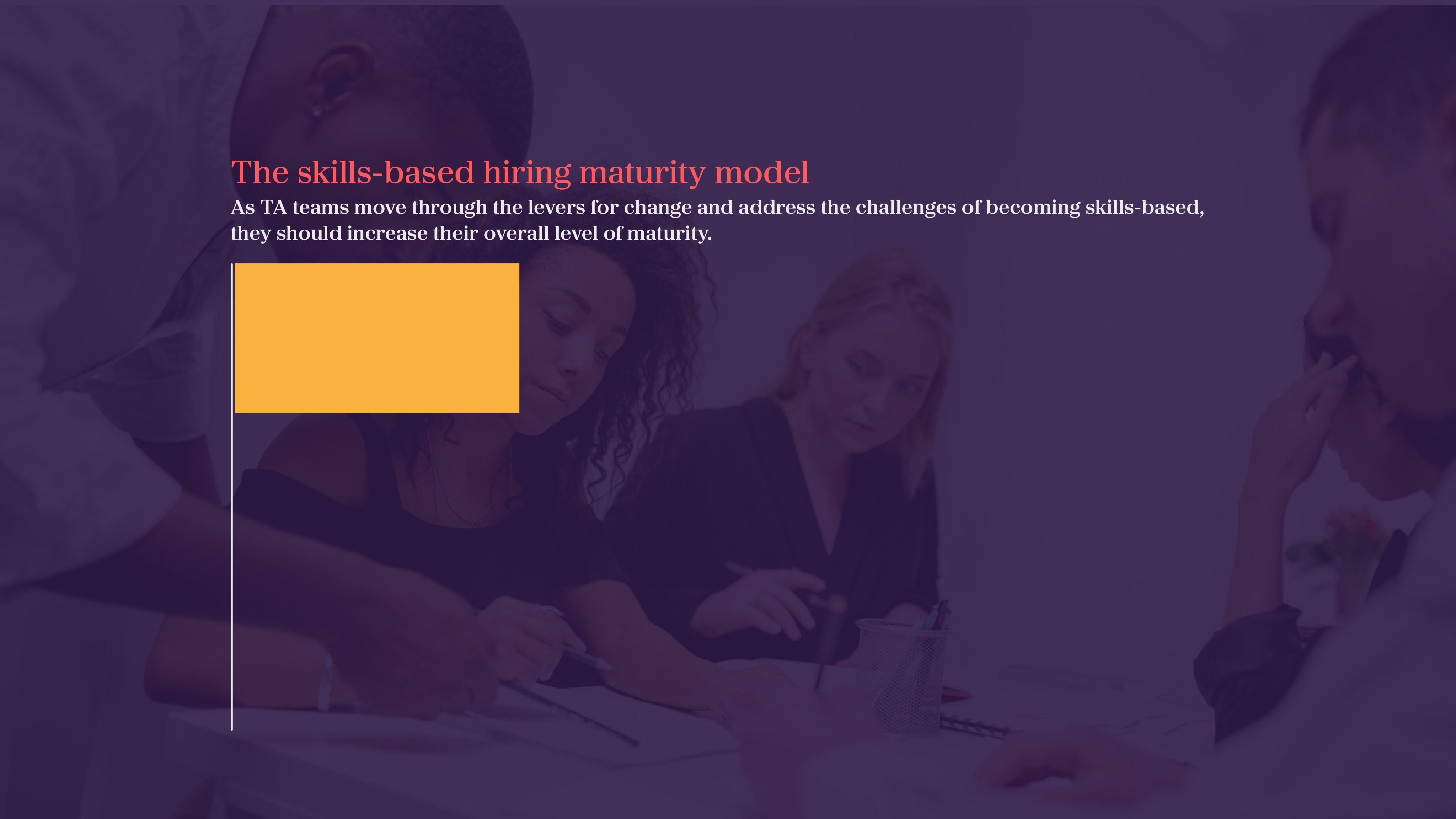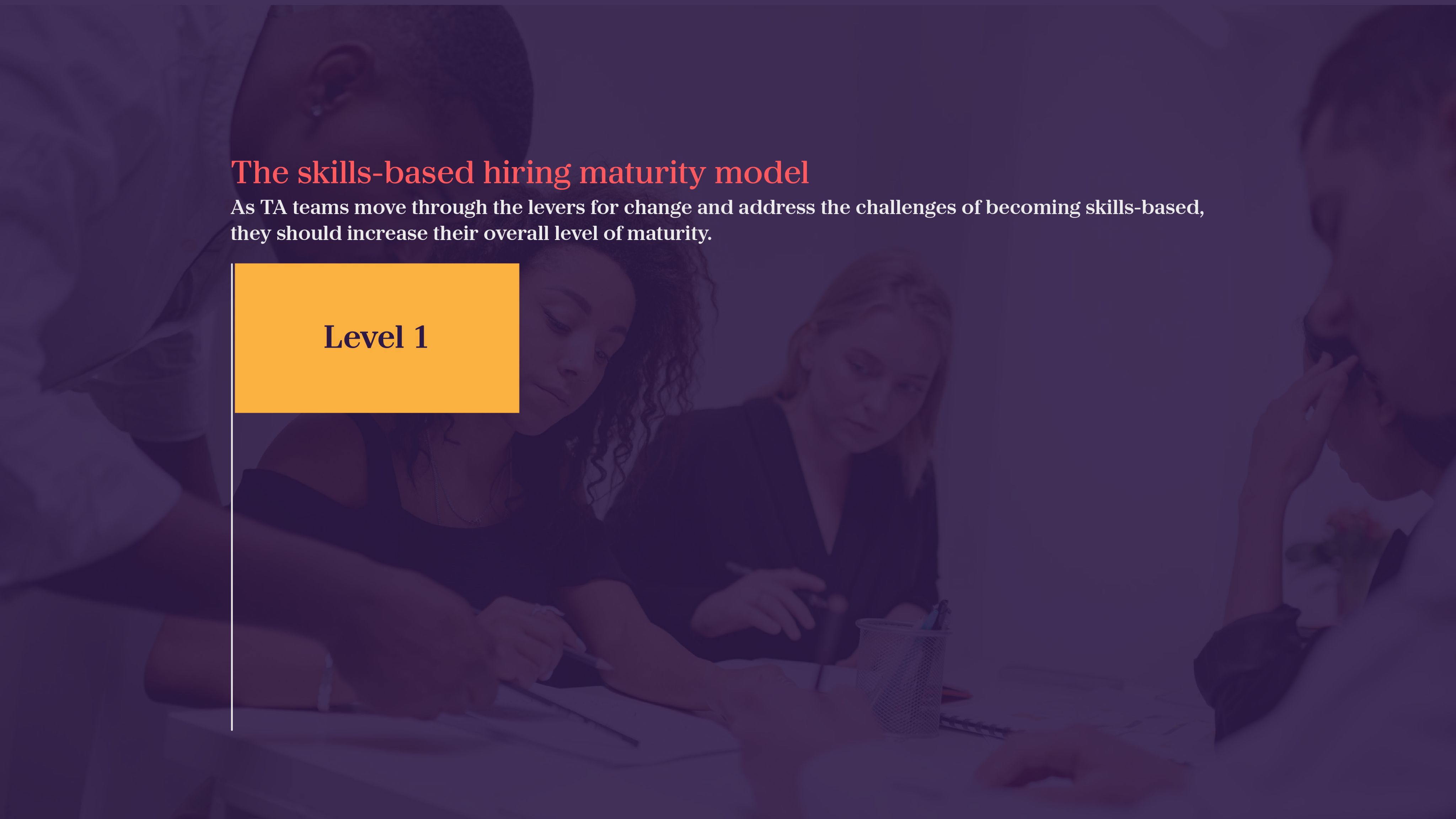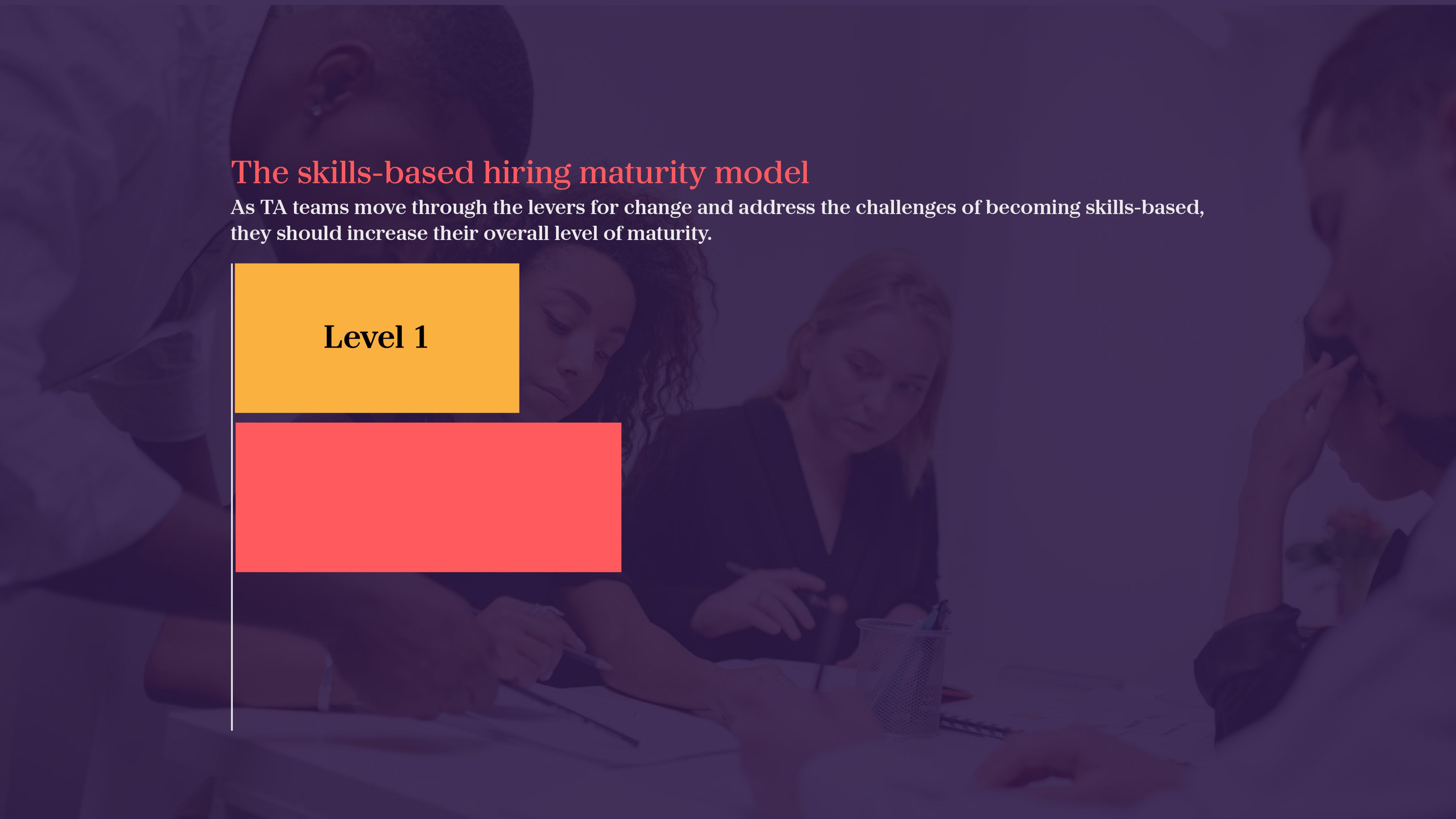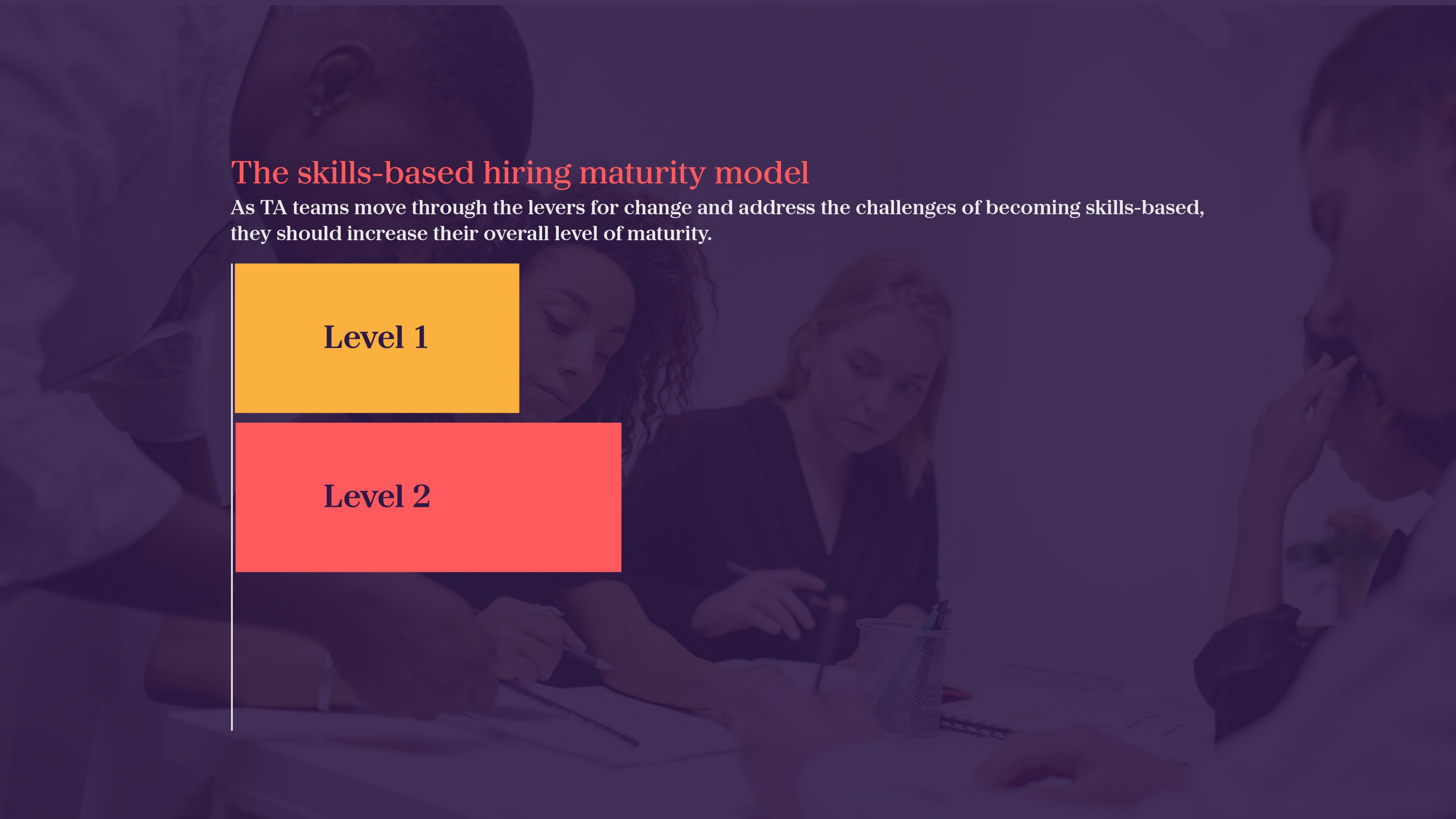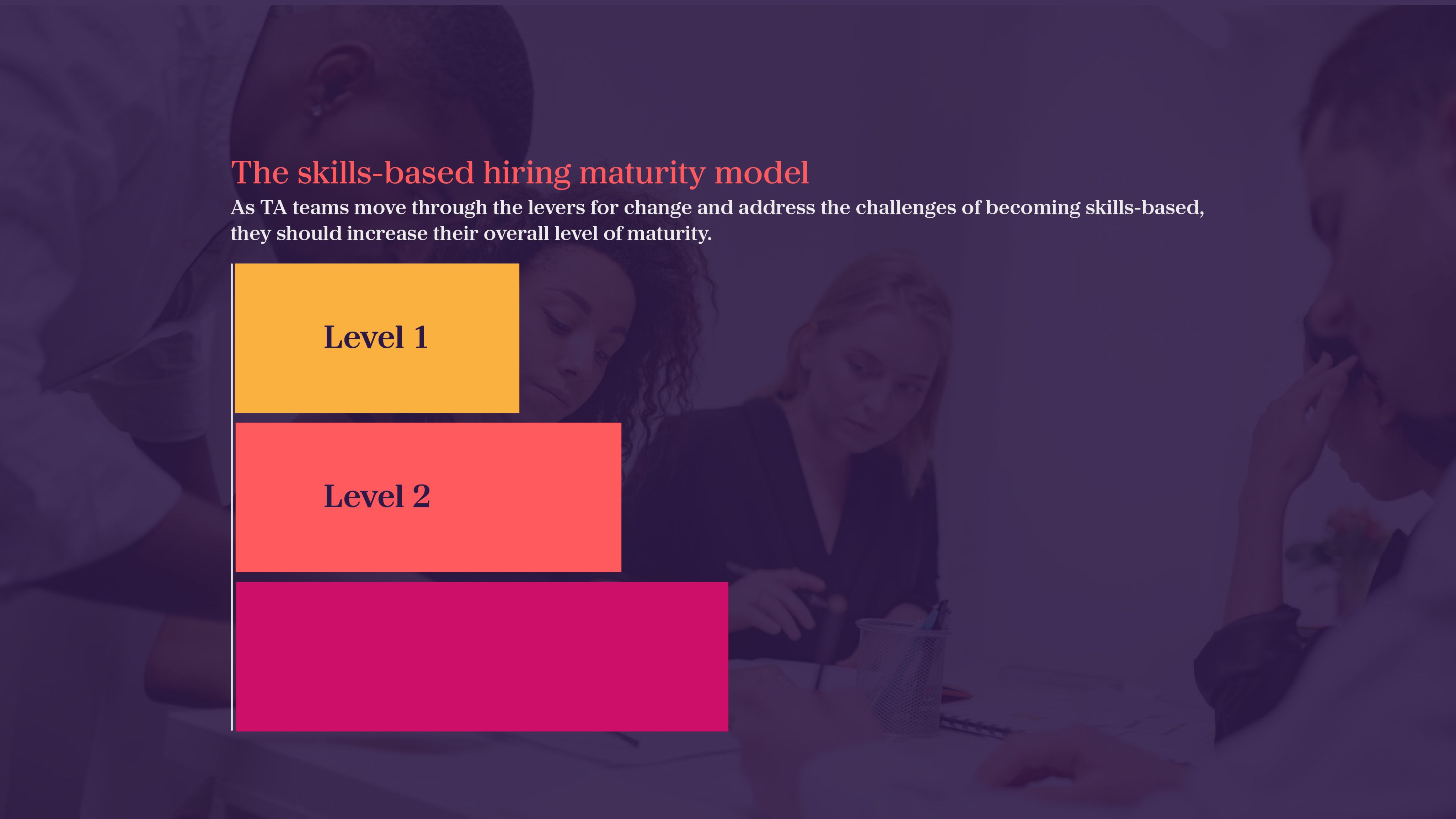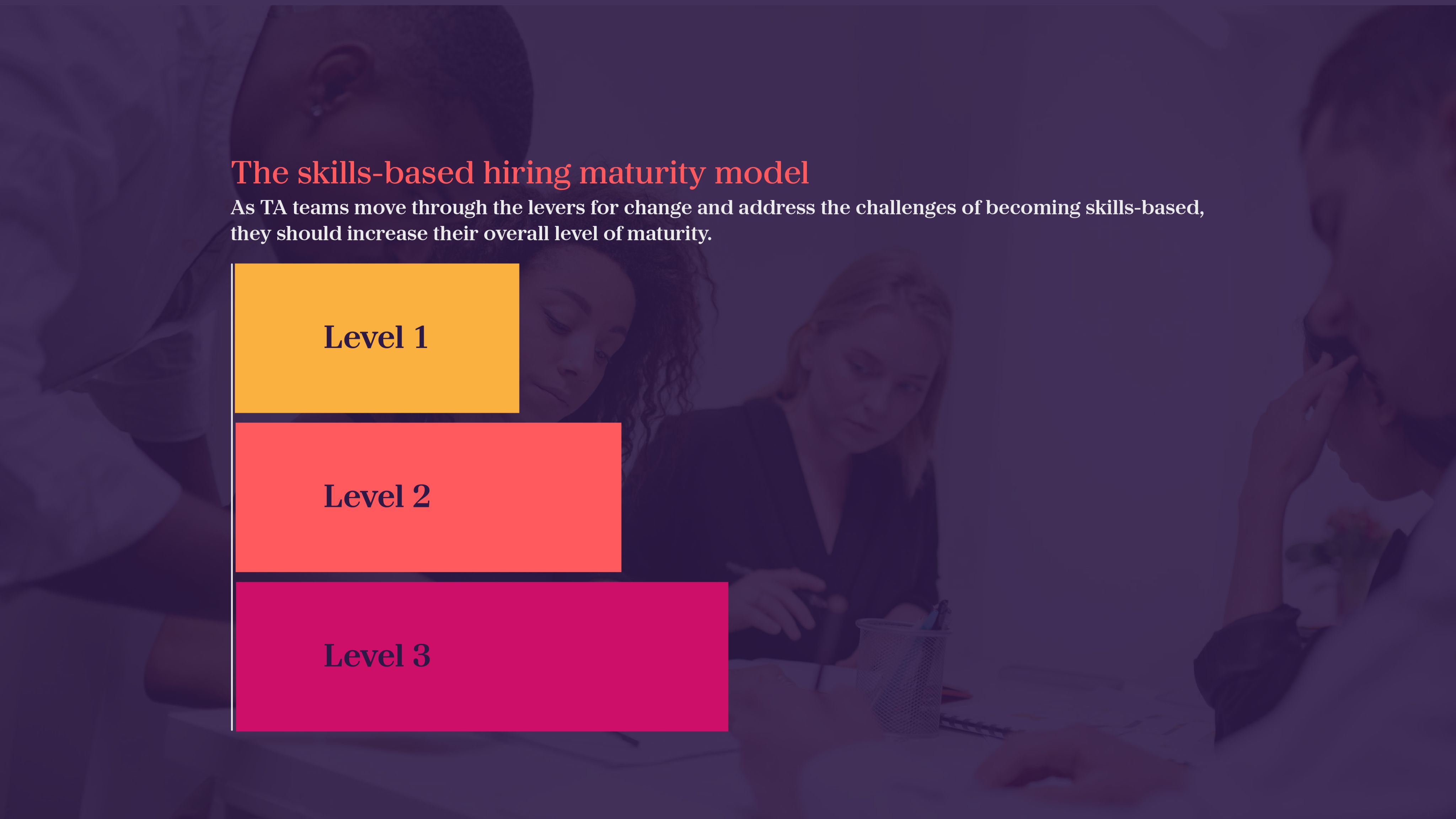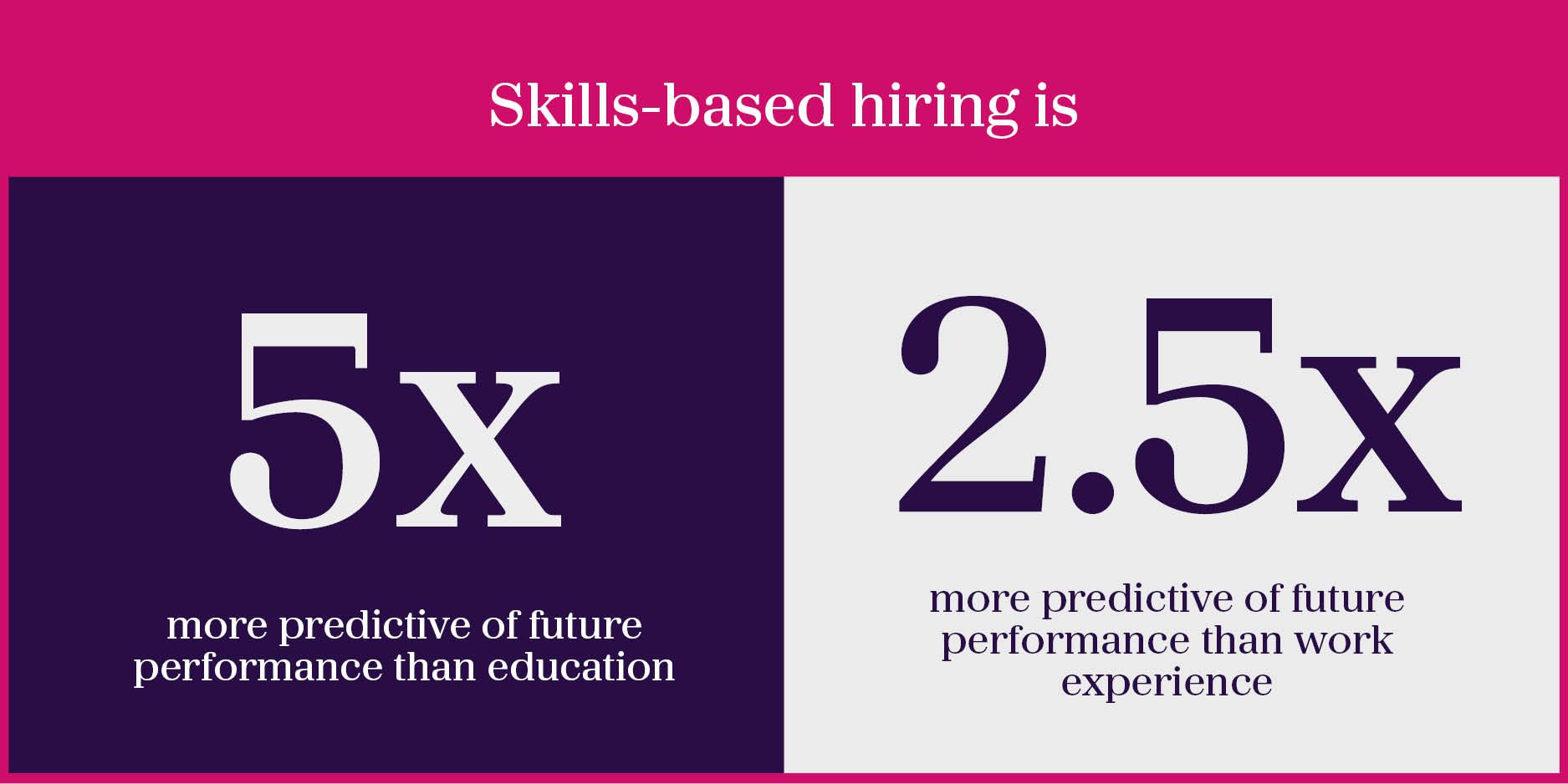
Navigating Talent Technology
In a talent landscape powered by technology and AI, knowledge is power.
Talent technology is crucial to delivering the workforce and skills that enable business success. But to use these tools effectively, talent teams need to be able to speak fluent talent technology.
Explore more of the talent world and the technology that powers it with AMS. Cut through the noise to demystify an ever-changing universe.


Talent technology translator
Learn the language of today’s talent tech landscape with this simple guide.

Artificial Intelligence in the talent world
Dive deep into the world of AI and how it will reshape tomorrow’s TA industry.

Talking tech in talent
What do some of the leading lights of talent and tech think about the latest changes in RPO, AI and Skills?

Finding the right HR Tech
Explore tips and trends on AMS Verified, a free digital resource helping leaders navigate the technology market.
AMS is transforming global talent solutions using AI and technology. Watch the video to find out more about how we work.
AMS Catalyst article
Artificial Intelligence, ethics and the world of talent
The emergence of AI has the potential to radically transform talent acquisition and retention. From enhanced efficiency and improved candidate matching to smoother application journeys and predictive culture fits, up to 80% of American workplaces are already using AI in some form for employment decision making.
However, the implementation of any new technology comes with potential downsides. The use of AI in talent acquisition poses several ethical challenges, particularly around issues of bias and discrimination. While AI aims to minimize biases, it can actually amplify existing ones if not calibrated and monitored correctly.
In this article, AMS’ Head of Technology & Analytics Advisory, Annie Hammer, and RingCentral Chief Innovation Officer, Kira Makagon, explore the new ethical considerations brought on by the emergence of AI in talent technology, and how TA teams can be prepared for the change.

AMS expert insights
Candidate AI superpowers: a risk or opportunity?
For those of you who haven’t been aware of the risks and legal considerations around using Artificial Intelligence in the talent space (which I suspect are not many of you), there are three current risks to using AI in hiring.
Two of which have been frequent talking points at events and conferences worldwide – and these are the 1. DEI implications and 2. the violation of state and local laws.
But there’s one other risk that is creeping into the HR hemisphere and we haven’t yet faced the tricky discussions around how we’re going to respond to it. This risk is that candidates are going to be armed with this AI technology as well. Yes, you’ve probably already seen or heard of it. And, it’s happening.

News and updates

The launch of
AMS One
AMS cements technology leadership position with launch of AMS One, the RPO Operating System to enable better, faster and fairer hiring.

Navigating the operationalization of AI
New insight from AMS defines three key steps to successfully operationalizing AI.
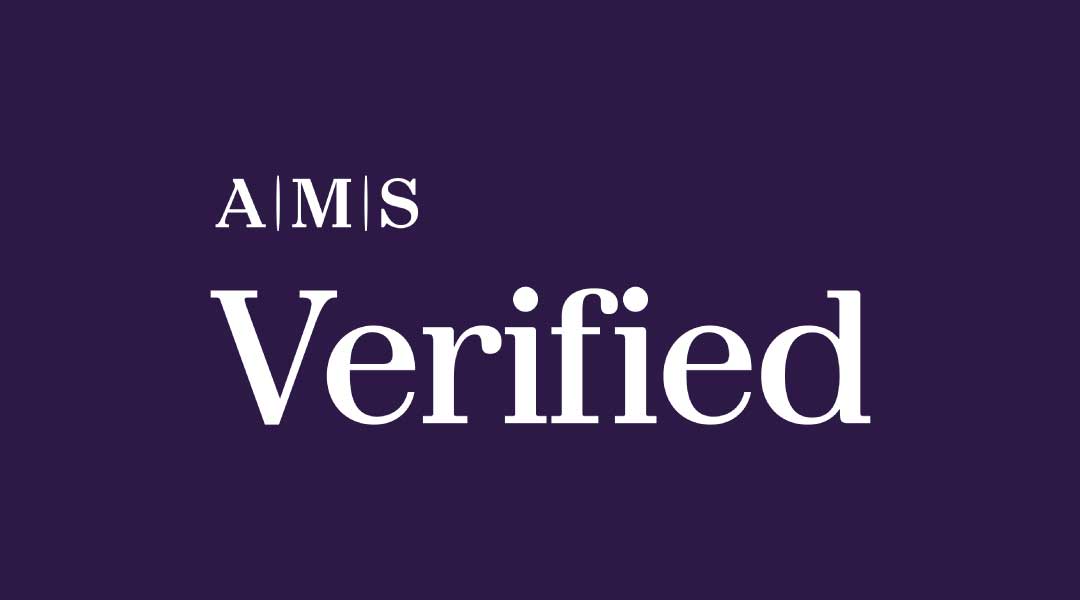
AMS Verified gains popularity and launches AI Index
The AMS owned talent technology marketplace has announced significant growth with the addition of several new enhancements.

Other topics of interest
Exploding Digital Myths in Talent Acquisition
We live in a world driven by technological transformation. New technologies have touched all industries and businesses. The talent landscape, too, has been propelled into the digital sphere.
As global competition for talent continues to heat up, those who fail to embrace a technology-enabled approach risk finding themselves unable to deliver the workforce they need and achieve their business goals.
But amid an ever evolving and rapidly growing talent technology market, it’s no surprise that industry leaders have found it difficult to adopt, implement and optimize new tools and ways of working.
Our whitepaper, Exploding Digital Myths in Talent Acquisition, debunks some of the most common misconceptions surrounding talent technology. Split into five myths, the series explores how tech-enabled tools, when implemented and used correctly, can underpin a talent acquisition strategy – and deliver better, faster and more dynamic decisions.







